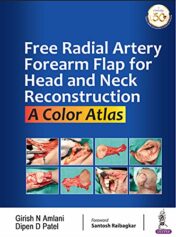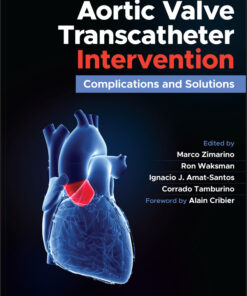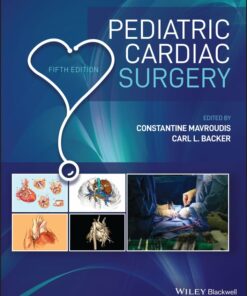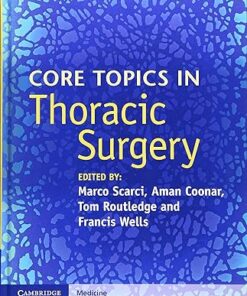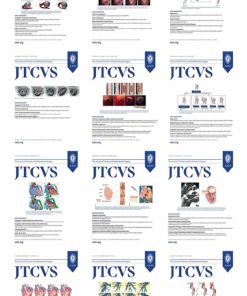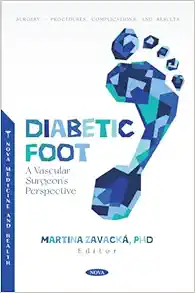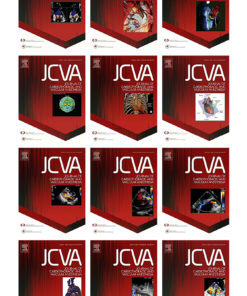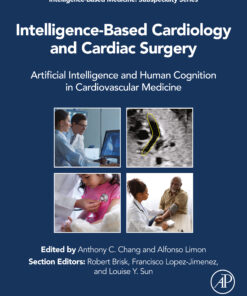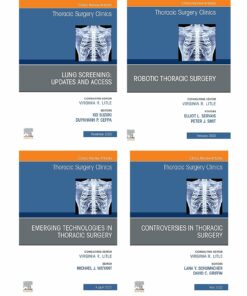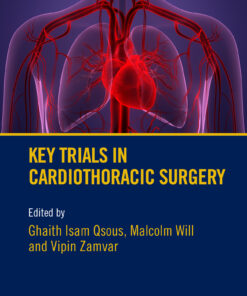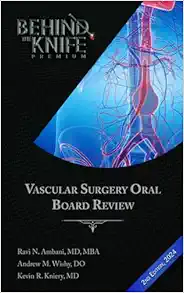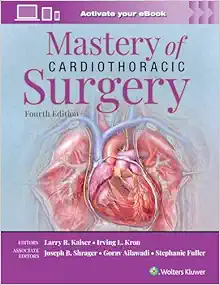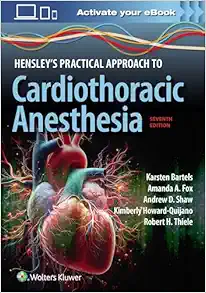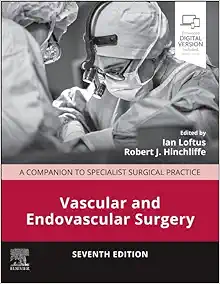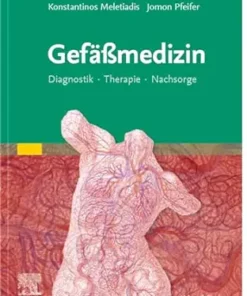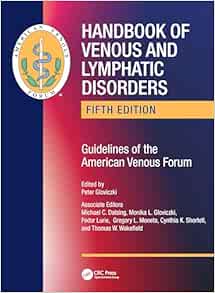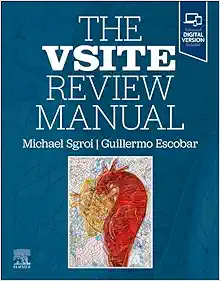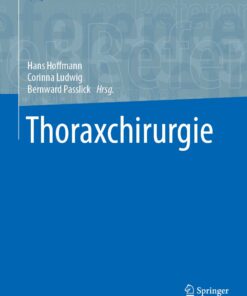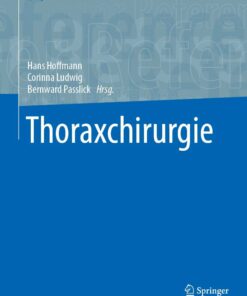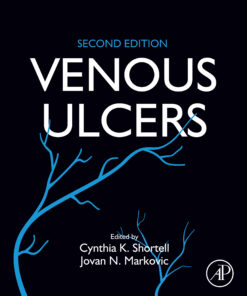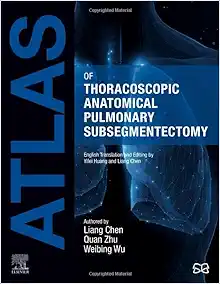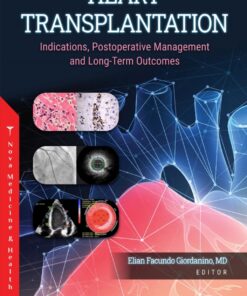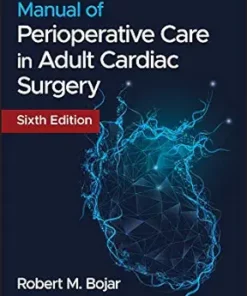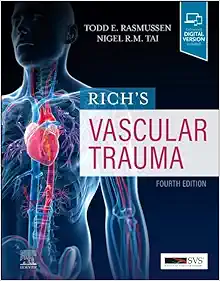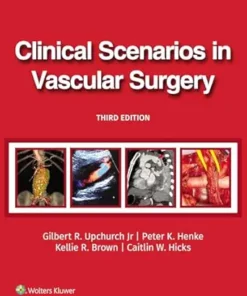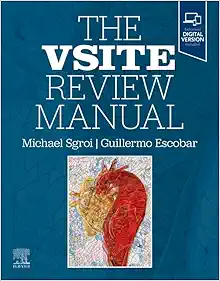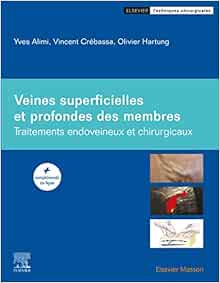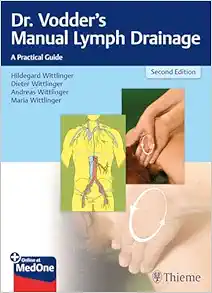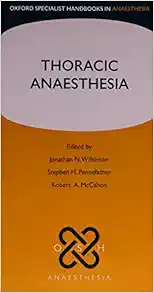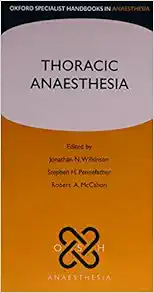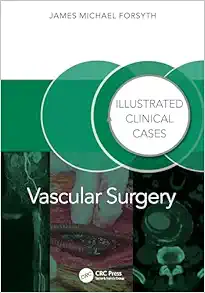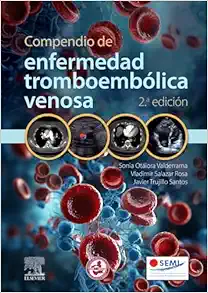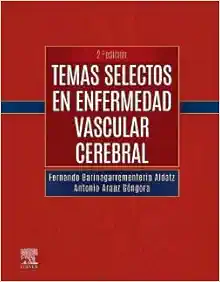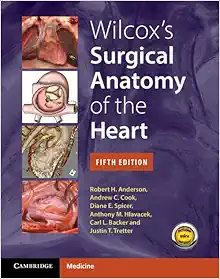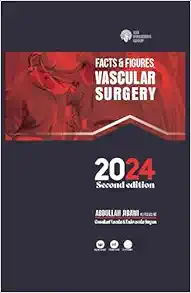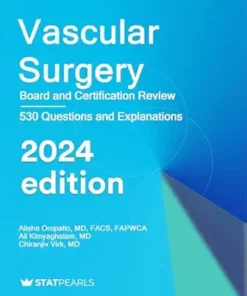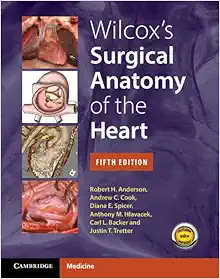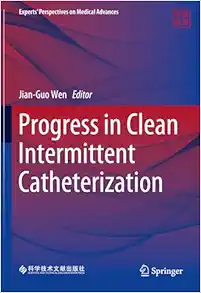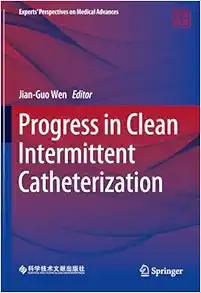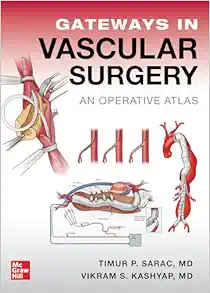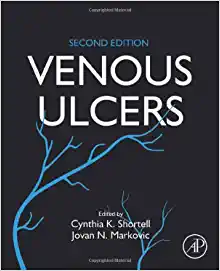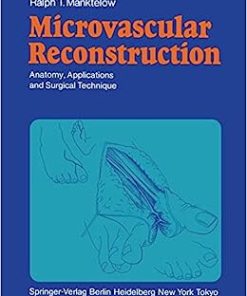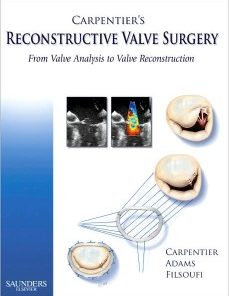Free Radial Artery Forearm Flap For Head And Neck Reconstruction: A Color Atlas Original PDF
$12
Free Radial Artery Forearm Flap For Head And Neck Reconstruction: A Color Atlas Original PDF
A radial forearm free flap is one way of filling a hole which is left when a cancer has been removed. It is one of the most common ways of replacing tissue in the head and neck, particularly after mouth cancers have been removed. It can be used to replace large parts of the mouth and has the advantage that when it heals it does not shrink so that hopefully speech and swallowing will not be greatly affected. For the procedure, a surgeon takes a piece of skin from the inside surface of the patient’s forearm near the wrist. The skin and fat layer in this region are removed (the flap) along with two blood vessels, one of which supplies blood to the flap (the artery) and one of which drains blood from it (the vein). The vessel which supplies blood to the flap is the artery which gives rise to the pulse at the wrist at the base of the thumb. Once the flap of skin is raised it is transferred to the head and neck and sewn into the hole created by the removal of the cancer. The blood vessels supplying and draining the flap are then joined to blood vessels in the neck under a microscope. These blood vessels then keep the flap alive while it heals into its new place. Once the flap is removed from the forearm the hole created is covered with a graft of skin. This graft of skin can be taken from one of several places. Commonly a thin piece of skin is shaved from the arm above the elbow. Alternatively, some skin will be borrowed from the stomach. (BAOMS) This highly illustrated colour atlas is a comprehensive guide to head and neck reconstruction using free radial artery forearm flap. Beginning with an introduction to the history of the technique and its advantages and disadvantages, the book then provides step by step guidance on surgical anatomy, pre- and post-operative care, surgical procedures, and potential complications. A selection of case studies is included to assist learning.
Related Products
VASCULAR SURGERY
The Annals of Thoracic Surgery 2023 Full Archives (True PDF)
VASCULAR SURGERY
VASCULAR SURGERY
VASCULAR SURGERY
Core Topics in Thoracic Surgery (Original PDF from Publisher)
VASCULAR SURGERY
Great Ormond Street Handbook of Paediatric Vascular Anomalies (EPUB)
VASCULAR SURGERY
VASCULAR SURGERY
VASCULAR SURGERY
VASCULAR SURGERY
VASCULAR SURGERY
VASCULAR SURGERY
VASCULAR SURGERY
VASCULAR SURGERY
VASCULAR SURGERY
VASCULAR SURGERY
VASCULAR SURGERY
Neurovascular Surgical Techniques (Original PDF from Publisher)
VASCULAR SURGERY
VASCULAR SURGERY
VASCULAR SURGERY
VASCULAR SURGERY
Wilcox’s Surgical Anatomy of the Heart, 5th edition (Converted PDF)
VASCULAR SURGERY
VASCULAR SURGERY
VASCULAR SURGERY
Atlas of Thoracoscopic Anatomical Pulmonary Subsegmentectomy
VASCULAR SURGERY
VASCULAR SURGERY
VASCULAR SURGERY
VASCULAR SURGERY
VASCULAR SURGERY
2022 SVM Online Board Review Course (Society for Vascular Medicine)
VASCULAR SURGERY
VASCULAR SURGERY
Clinical Approach to Vascular Ultrasound and RPVI Prep Course 2023
VASCULAR SURGERY
VASCULAR SURGERY
VASCULAR SURGERY
VASCULAR SURGERY
VASCULAR SURGERY
VASCULAR SURGERY
VASCULAR SURGERY
VASCULAR SURGERY
VASCULAR SURGERY
VASCULAR SURGERY
VASCULAR SURGERY
VASCULAR SURGERY
Current Vascular Surgery 2013 (Modern Trends in Vascular Surgery)
VASCULAR SURGERY
VASCULAR SURGERY
Anatomic Exposures in Vascular Surgery 4e ( + Converted PDF)
VASCULAR SURGERY
Cardiopulmonary Bypass: Principles and Practice, 3rd Edition
VASCULAR SURGERY
VASCULAR SURGERY
SVU 45th Annual Conference: Vascular Imaging Educators Workshop 2023
VASCULAR SURGERY
VASCULAR SURGERY
Mastering Doppler Principles and Hemodynamics- AllAboutUltrasound

